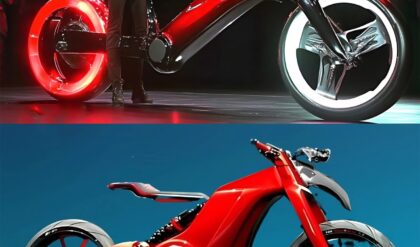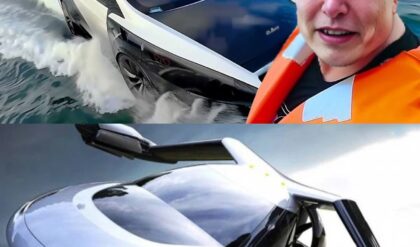Gene Simmons Recalls Telling Ace Frehley to Learn Eddie Van Halen’s Solo for Kiss Song: ‘He Was Furious’
“That was Eddie’s note-for-note solo.”

Producer Ted Templeman is often credited with discovering Van Halen and helping them sign a deal with Warner Bros. Records in 1977. However, Gene Simmons had an earlier close call with the band, when he unsuccessfully tried to get Kiss’ manager at the time, Bill Aucoin, to take on Van Halen as a client.During a recent interview with Artists On Record Starring ADIKA LIVE!, Simmons recalled taking Van Halen into the studio sometime in 1976 to demo some tunes, which Kiss’ Demon financed and produced himself.And one of the songs, “House of Pain,” he prefers over the version that eventually appeared on the “1984” LP (transcribed by Ultimate Guitar).
“It’s one of the 15 songs that never wound up on the [debut] record. And it kills. It’s almost completely live in the studio, and it’s just a steamroller. Unbelievable.”
He also recalled having the Van Halen brothers demo a few originals he was working on at the time.
“I did demos with Alex and Eddie Van Halen, actually. You can Google and shmoogle it. And the guitar solo in ‘Christine Sixteen,’ note for the note, I had Ace [Frehley] learn that solo. And he was furious. ‘I want to write my own solo!’ ‘Yeah, but it’s not as good. Eddie’s got a better one.’ And to this day, those notes, that was Eddie’s note-for-note solo.”
He also shared a standout memory he had with Eddie, which took place backstage early in Van Halen’s career, just before they were set to hit the stage.
“I said, ‘Hey Ed, do you mind if I play some licks on your guitar?’ He said, ‘Sure.’ So, he gave me the guitar, acoustically. Obviously, it’s not plugged in. I tried playing a few chords, and it was way out of tune. I said, ‘Eddie, you can’t go up on stage. This thing’s out of tune.’ He goes, ‘I’ll show you.'”
“He took the guitar back, he constructed his guitar. He took a neck from another guitar that he liked because of the feel of the fretboard, and he connected it to a Schecter or a Stratocaster of whatever that body was, put different pickups on it. He in essence made that guitar. And that neck had give. He literally bent the neck into tune. Which I’d never seen done before. And live, he’d constantly be doing that.”





